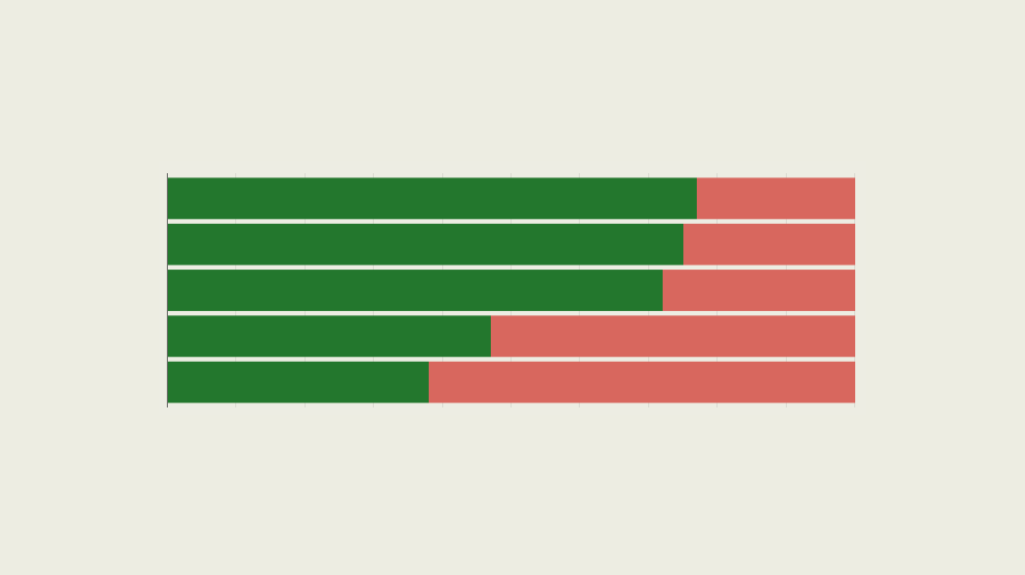Resource Guide: Covering Chile's Rescue from above and below
Resource Guide: Covering Chile's Rescue from above and below
By
Carin Zissis
and David Schreiner
The rescue of the 33 miners trapped in a collapsed Chilean mine captured the world’s attention. AS/COA Online offers an overview of multimedia coverage, as well as news about what happens next.
The rescue of the 33 miners trapped in a collapsed Chilean mine captured the world’s attention this week in ongoing and emotional coverage of the 22-hour operation. AS/COA Online offers an overview of official coverage, exceptional graphic and multimedia reports, and news about what comes next for those rescued and Chile’s mining industry.
>> Official Coverage
>> Interactives and Social Media
>> What's Next?
- Addressing the press and rescued miners of the night of October 13, Chilean President Sebastián Piñera said, “Chile is more united and stronger today than it has ever been,” and commended the miners, saying that “the 33 miners have given us a lesson in loyalty, camaraderie, and team work.”
- Piñera told the rescued miners, recovering in the nearby hospital on October 14: “Never again in this country will we allow you to work in such insecure and inhumane conditions as those which you experienced in the San José mine.”
- In comments to the press, Chilean Minister of the Interior Rodrigo Hinzpeter explained that, along with improving standards, a fund of $6 million is being created to help small companies come into compliance with new rules regarding workplace security.
- The Chilean Government website presents a collection of newspaper front pages covering the rescue from across the globe.
- Chile's Foto Presidencia page offers a collection of photos from during and after the rescue effort including the ascent of the last miner and the miners’ recovery in the camp hospital.
- The New York Times offers a photo gallery of the 33 rescued minors that includes a short bio for each along with a link to each miner’s recue and emergence from the mine.
- La Tercera offers a multifaceted interactive, including features on the small “city” that came together in the above-ground area of the mining camp, introduces the specifics of the rescue plan above and within the mine, and presents a 3D rendering of the camp hospital.
- A BBC piece explores the layout of the mine and the rescue’s execution.
- El Tiempo offers a graphic with data about this rescue, such as the fact that the number of days the miners spent trapped was 45 more than the prior record, involving three Chinese miners rescued last year.
- Radio Free Europe/Radio Liberty reports on an Iranian blogger who ponders what would happen if the miners were trapped in the Islamic Republic, writing: “In Iran, the miners and their families would be told not to say anything that would be used by foreigners, they would be interviewed by state television, and before the interview they would be briefed on what to say.”
- Check out the twitter feed following the emotion and excitement surrounding recue efforts.
- The Christian Science Monitor reports on five areas the miners will focus on next: health issues, who will produce the movie, employment, and readjusting to normal life. Oh, and “[d]on’t forget the book deals.”
- A film is already in the works, with Spain’s Antena 3 and Colombia’s Dynamo Factory producing a made-for-TV movie about the rescue.
- Once the jubilation from the rescue subsides, Chile faces the challenge of adopting and implementing safety standards. NPR reports that the country’s 75 “small and fragmented” mining unions are just beginning to unite and pressure for improved safety. One recommendation calls on Chile to ratify the International Labor Organization's Convention on Safety and Health in Mines.
- Then come the lawsuits. BBC Mundo offers a Q&A about what comes next, not just for the once-trapped miners, but also for the San José mine and the entire industry. The backgrounder reports that most of the miners’ families are filing a joint suit asking for total compensation of roughly $12 million from the San Esteban Mining Company, which also faces government penalties.
- San Esteban Mining, currently auditing its assets, could very well face bankruptcy. A Reuters Factbox reports that, while small- and medium-sized firms will feel the pain of closures due to safety concerns, state-run Codelco won positive publicity as it participated in the rescue operations. Most Chileans believe Codelco should control the collapsed mine.
- Financial Times reports on the president's announcement of a "new deal" with Chilean workers that will involve reexamining labor and safety laws. The agency that oversees mining safety will likely see an inflow of funds, given Piñera's promise to triple the agency's budget. “If Chile wants to be a developed country it’s not just about sitting at the table with European countries but about treating workers as if we were a developed country,” said the president.
- The Two Weeks Notice blog lists potential political predictions stemming from the rescue: improved Chile-Bolivia ties, short- and long-term popularity surge for the president, the country sees its international standing rise, the mining minister runs for president in 2014, and the crisis helps “Piñera negotiate a new mining royalty with the Concertación in the legislature.”
- Sports may also enter the picture. The Lede, a blog by The New York Times, reports that one of the miners has been invited to attend or even run in November’s New York Marathon. Edison Peña, the twelfth miner rescued, earned the nickname “the Runner” because of jogs of up to six miles that he took through the mine’s tunnels each day to stay in shape while trapped.








